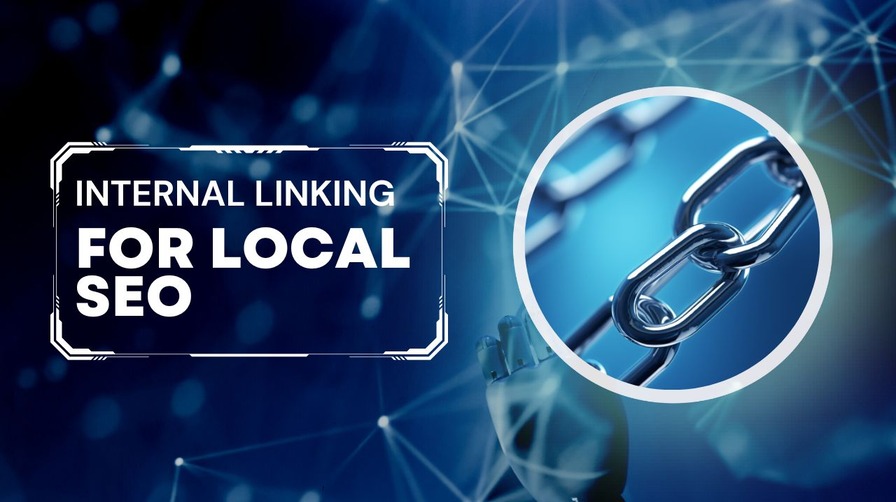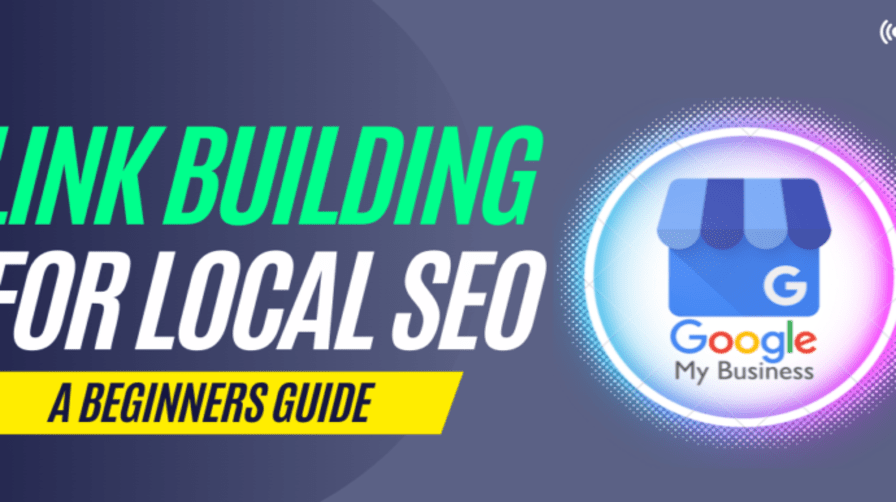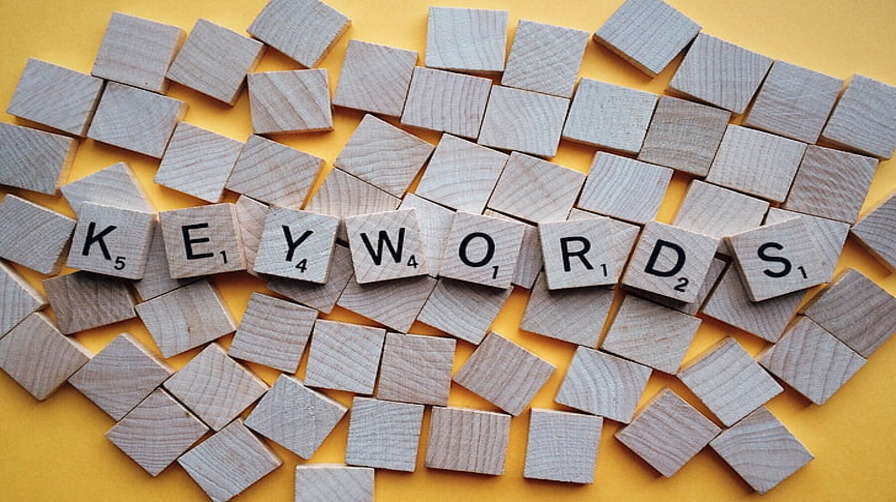Importance of Internal Linking Strategies for Local SEO
Importance of Internal Linking for Local SEO Internal linking plays a crucial role in improving local SEO for websites. By strategically linking relevant pages within a website, businesses can enhance website navigation, improve user experience, increase page authority, and boost local search rankings. In this article, I’ll explain the importance of internal linking for local SEO and discuss best practices and strategies to optimise it. So, follow along as we unravel the secrets behind the secrets of internal linking. Table of Contents: Understanding Internal Linking What is Internal Linking? Why is Internal Linking Important for Local SEO? Benefits of Internal Linking for Local SEO Improved Website Navigation Enhanced User Experience Increased Page Authority Boosted Local Search Rankings Best Practices for Internal Linking Use Descriptive Anchor Text Link Relevant Pages Maintain a Balanced Link Structure Avoid Broken Links Internal Linking Strategies for Local SEO Linking to Location-Specific Pages Linking to Service Pages Linking to Blog Posts Linking to Testimonials and Reviews Internal Linking Impact on Local SEO Conclusion Frequently Asked Questions Understanding Internal Linking What is Internal Linking? Internal linking is an essential aspect of website optimisation. It involves creating hyperlinks that connect different pages within the same domain. These links help users navigate through the website and discover relevant content. Internal linking plays a crucial role in improving website structure and enhancing user experience. Why is Internal Linking Important for Local SEO? Internal linking plays a crucial role in improving the visibility and ranking of local businesses in search engine results. By strategically linking relevant pages within your website, you can enhance the overall user experience and provide valuable information to both search engines and website visitors. One of the key benefits of internal linking for local SEO is the improved website navigation it offers. By linking to relevant pages, you can guide users to important information about your business, such as location-specific pages, service pages, blog posts, and testimonials. This helps users easily find the information they are looking for, leading to a positive user experience, but ill come back to these in a bit. Internal linking also helps to increase the page authority of your website. When you link to other pages within your site, you are signaling to search engines that these pages are important and relevant. This can result in higher rankings in local search results, ultimately driving more organic traffic to your website. To make the most out of internal linking for local SEO, I’d suggest sticking to best practices. Use descriptive anchor text that accurately describes the linked page, link to relevant pages that provide additional information, maintain a balanced link structure throughout your website, and ensure there are no broken links. I use a tool called Broken Link Checker, its a Chrome extension that’ll highlight any broken links on a page. It’s free and you can get it here. By following these best practices, you can optimise your internal linking strategy and improve your local search rankings. Benefits of Internal Linking for Local SEO Improved Website Navigation When it comes to local SEO, improved website navigation plays a crucial role in enhancing the user experience and increasing the visibility of your website. By implementing effective internal linking strategies, you can guide visitors to relevant pages and help them find the information they are looking for. One way to improve website navigation is by creating a clear and intuitive menu structure. This allows users to easily navigate through different sections of your website and find the content they need. You can also use breadcrumb navigation to provide users with a hierarchical trail of the pages they have visited. Home > Bakery > Artisan Breads > Whole Wheat Loaf Another important aspect of improved website navigation is the use of internal links within the content. By linking related pages together, you can create a seamless browsing experience for users and encourage them to explore more of your website. As mentioned above, it is essential to check for broken links and fix them quickly. Broken links can negatively impact user experience and hinder search engine crawlers from properly indexing your website. Improved website navigation through effective internal linking is a key factor in optimising your website for local SEO. By guiding users to relevant pages and providing a seamless browsing experience, you can improve your website’s visibility and attract more local traffic. Enhanced User Experience Enhanced user experience is crucial for the success of any website. It plays a big role in keeping visitors engaged and encouraging them to explore more. By using effective internal linking strategies, you can improve the overall user experience on your website. Increased Page Authority Internal linking plays a crucial role in boosting the page authority of your website. By strategically linking relevant pages within your site, you can signal to search engines that these pages are important and should be given more weight. This can result in higher rankings in local search results and increased visibility for your business. Internal linking also helps search engine crawlers discover and index your content more effectively, further increasing your page authority. Boosted Local Search Rankings Boosting local search rankings is crucial for improving the visibility and reach of your website. By implementing effective internal linking strategies, you can enhance your website’s authority and relevance in local search results. Best Practices for Internal Linking Use Descriptive Anchor Text When it comes to internal linking, one of the key factors id suggest is to use descriptive anchor text. This is the clickable text that appears in a hyperlink and provides context to both users (and search engines) about the linked page. Similar to meta titles and descriptions. By using descriptive anchor text, you can guide users to relevant content and improve their overall experience on my website. Aswell as improving user experience, descriptive anchor text also plays a crucial role in local SEO. Search engines use anchor text to understand the content of the linked page and figure out its relevance to specific keywords. By using



